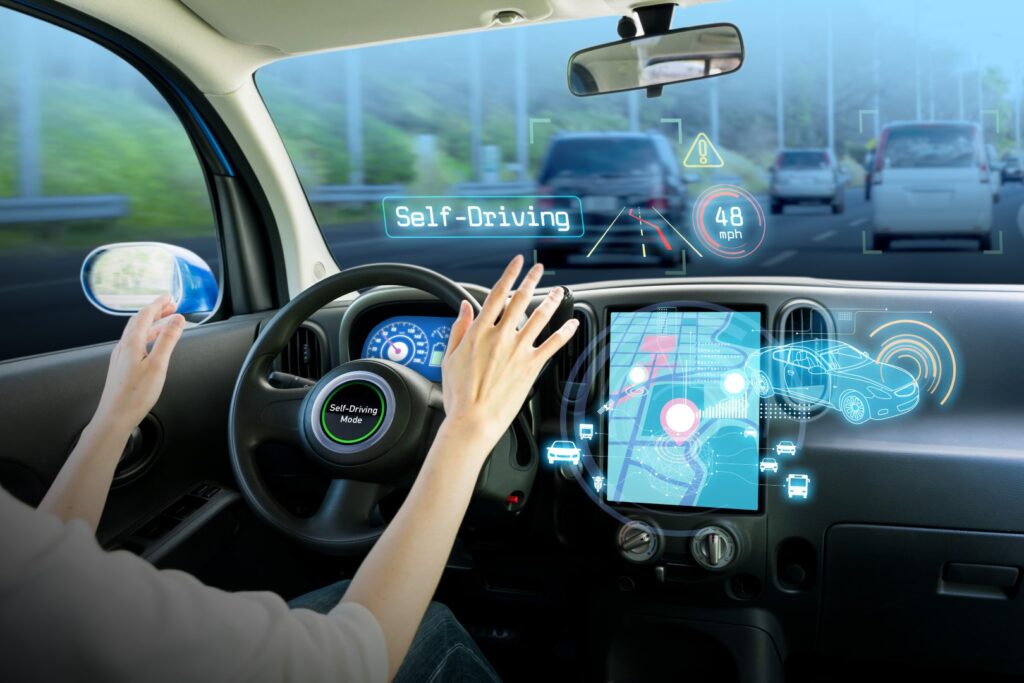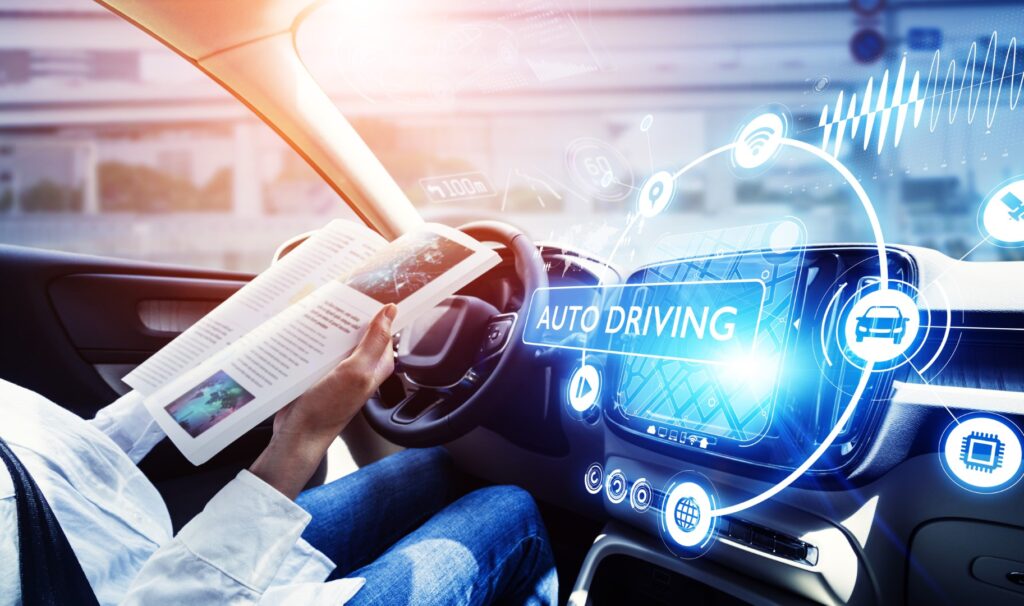The rise of self-driving automobiles represents a watershed moment in transportation history. Self-driving cars, once considered science fiction, are now a reality, promising to revolutionise the way we travel and navigate our cities. This article explores the emergence of self-driving cars, their impact on society, and their prospects.
Autonomous vehicles have made great progress in recent years, because of breakthroughs in artificial intelligence, sensor technology, and communication. They have the potential to improve traffic efficiency, increase road safety, and create new opportunities for mobility and accessibility. As major automobile corporations and technology giants invest extensively in autonomous vehicle development, the reality of a self-driving future creeps closer.
While hurdles exist, like technology constraints, legal complications, and public acceptability, the push towards autonomous cars is apparent. The potential benefits are numerous, ranging from improved mobility for the elderly and disabled to increased city transport efficiency.

This article delves into the multifaceted world of self-driving cars, examining their benefits, challenges, and potential impact on our lives. We examine the technological advancements driving their development, the societal implications they present, and the future scenarios they may bring. Join us as we begin a voyage into the thrilling area of self-driving vehicles and envisage the transformational potential they offer for the future of transportation.
Advantages of Seld-driven car
- Improved Road Safety: Autonomous vehicles have the potential to minimise accidents caused by human error dramatically. Self-driving vehicles can recognise and respond to possible risks quicker and more precisely than human drivers thanks to improved sensors, cameras, and real-time data analysis. This might result in a significant reduction in traffic accidents, injuries, and fatalities.
- Increased Traffic Efficiency: Autonomous vehicles have the potential to improve traffic flow and reduce congestion. Self-driving cars can coordinate their movements through networked communication networks, lowering the chance of bottlenecks and traffic congestion. They can also make better use of road space, reducing the need for large parking lots and overall traffic volume.
- Enhanced Accessibility: Autonomous automobiles have the potential to provide enhanced mobility and accessibility for persons who are unable to drive, such as the elderly, disabled, or those without a driver’s license. Self-driving technology can provide these people with increased independence and flexibility, allowing them to drive securely and easily to their selected locations.
How Self-Driving Vehicles Reduce Accidents
Self-driving cars have the potential to improve road safety by drastically lowering accidents and fatalities. Autonomous vehicles equipped with powerful sensors, cameras, and artificial intelligence can recognise and respond to possible threats quicker and more precisely than human drivers. Self-driving technology promises to make transportation safer for everyone by removing human error, which is a major source of accidents.
The ability of self-driving automobiles to interact with one another and with the surrounding infrastructure improves safety by allowing for coordinated movements and avoiding collisions. As self-driving technology continues to evolve, we should expect a huge reduction in accidents and a big increase in road safety.
Impact on Traffic Congestion and Infrastructure
The introduction of autonomous automobiles has the potential to revolutionise the urban landscape by solving the recurring issue of traffic congestion and its impact on infrastructure. Through networked communication systems, self-driving cars can improve traffic efficiency by eliminating congestion and bottlenecks.
Because autonomous vehicles can travel longer distances and make more precise maneuvers, they can make better use of available road space, potentially reducing the need for extensive road expansions and parking facilities. As a consequence, communities may allocate resources more efficiently and reuse sites previously committed to parking for other urban development initiatives. Autonomous vehicles can help make cities more sustainable and livable by reducing traffic congestion and optimising infrastructure utilisation.

The rise of self-driving cars represents a seismic shift in the transportation industry. Self-driving cars hold enormous promise for the future, with the ability to improve safety, optimise traffic flow, and revolutionise urban environments. The benefits of self-driving cars, such as improved road safety, increased accessibility, and lower environmental impact, make a compelling case for their widespread adoption.
However, the path to an autonomous future is not without difficulties. Technological hurdles, regulatory complexities, public acceptance, and ethical considerations must be addressed to ensure the seamless integration of self-driving technology. Collaboration among industry players, governments, and the general public will be critical in creating the future of self-driving automobiles.
As we embrace the autonomous vehicle revolution, it is critical to find a balance between innovation and safeguarding the well-being of individuals and communities. To instil public trust and confidence in self-driving vehicles, comprehensive safety measures, robust cybersecurity protocols, and thoughtful regulations are required. The future of self-driving automobiles has enormous promise for increasing transportation efficiency, boosting road safety, and revolutionising urban environments. By embracing this transformative technology, we can create a future where mobility is accessible, sustainable, and convenient for all. With continued advancements and a collective effort, we are poised to witness a transportation revolution that will shape the way we move and connect with the world.

